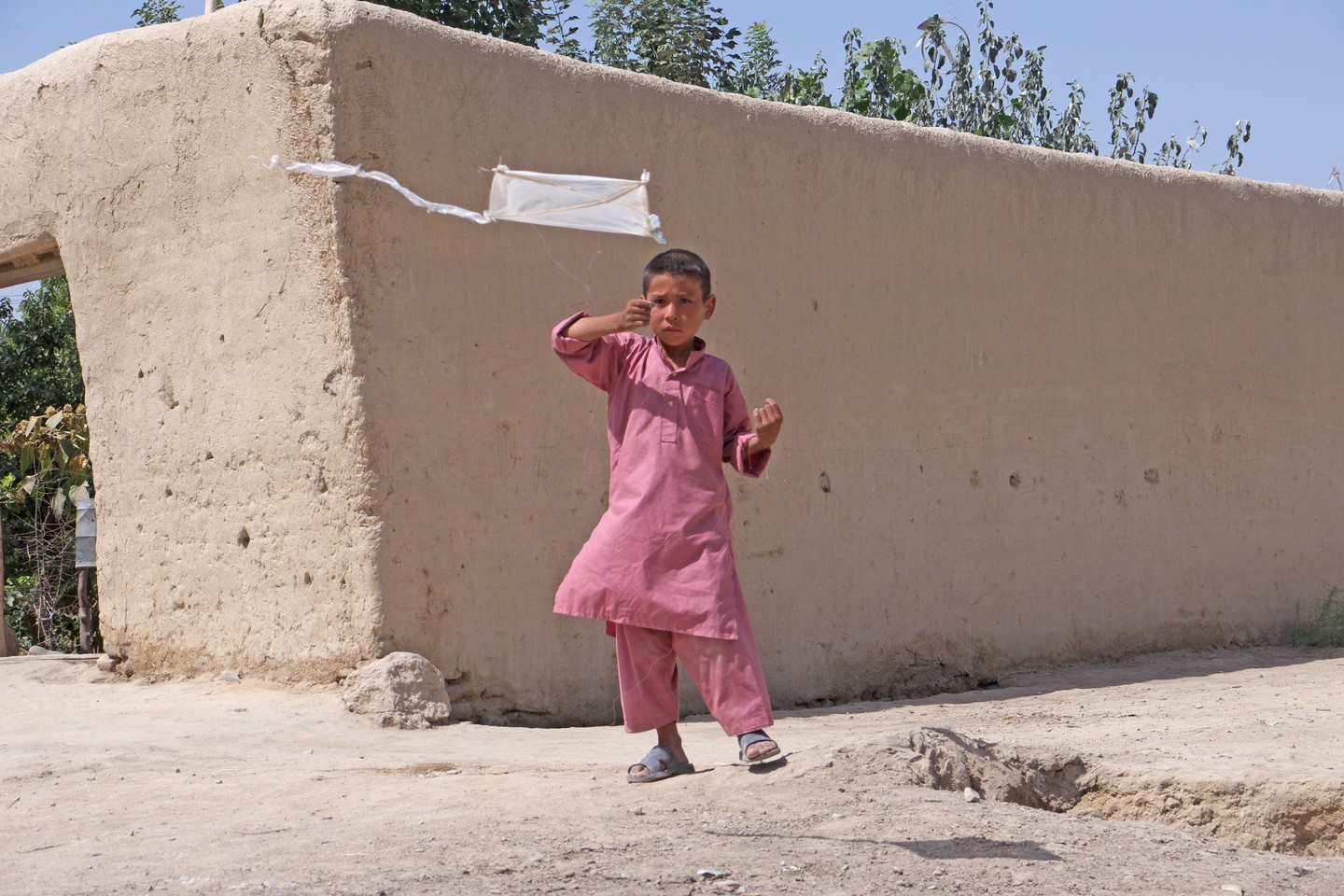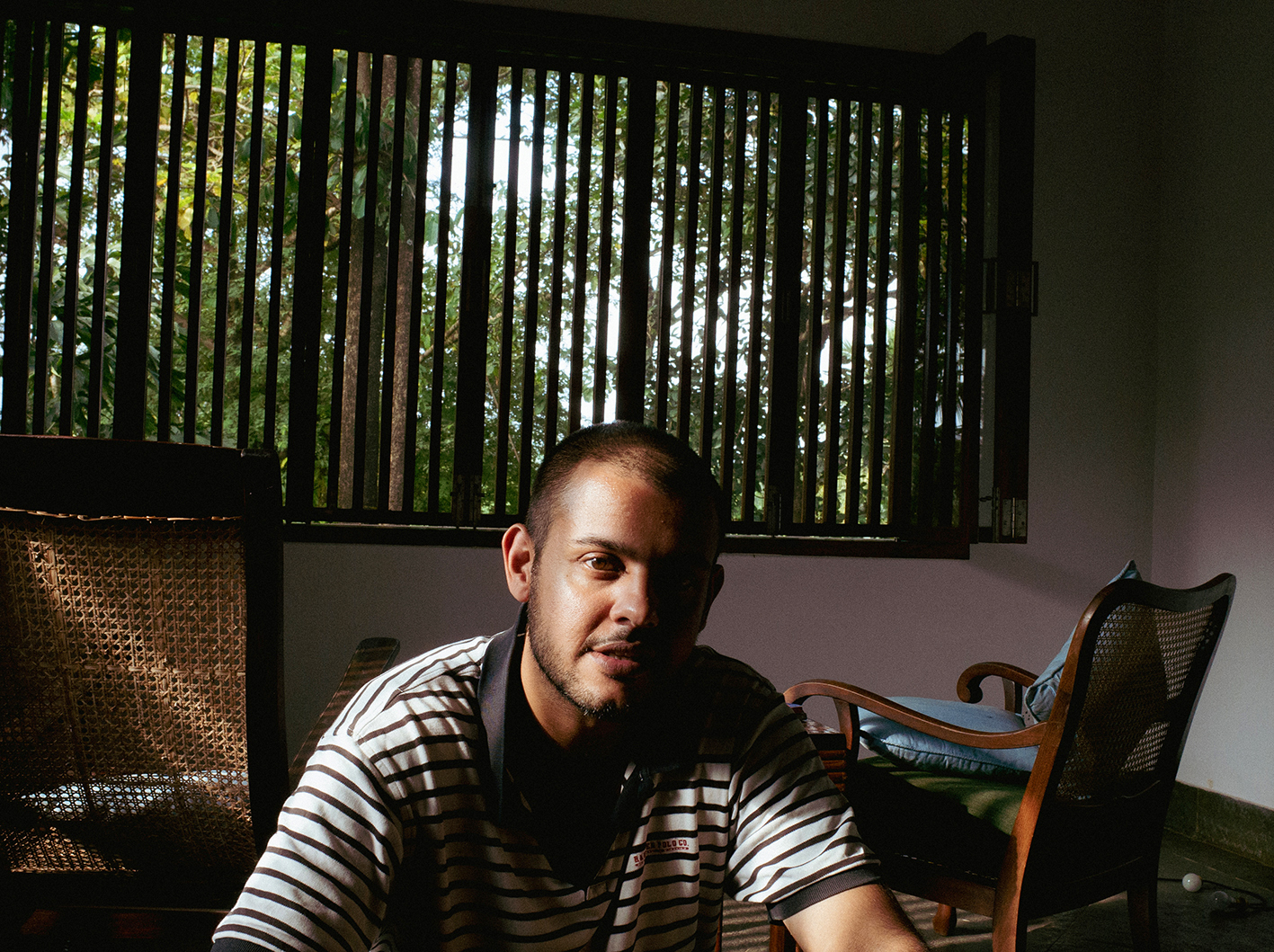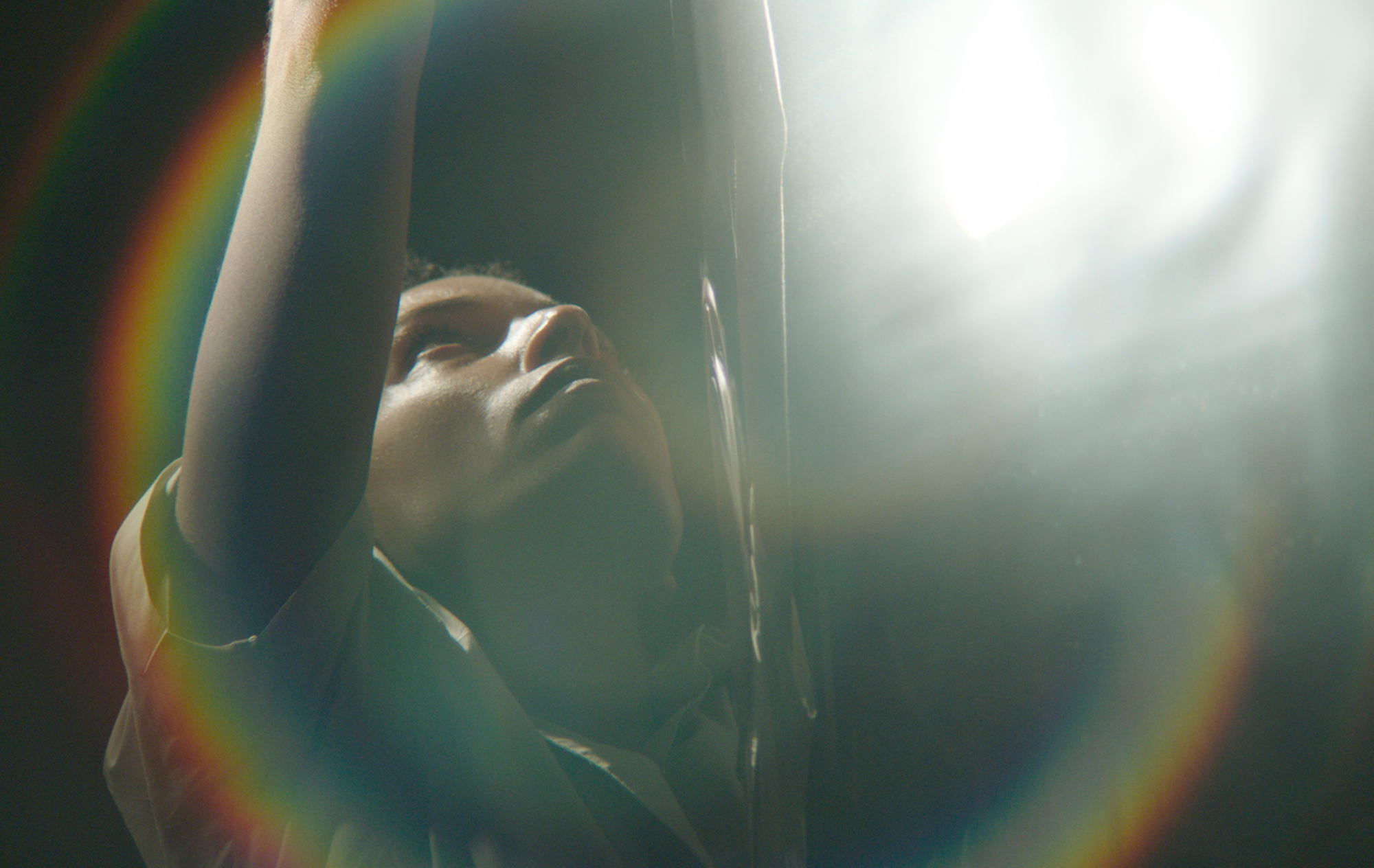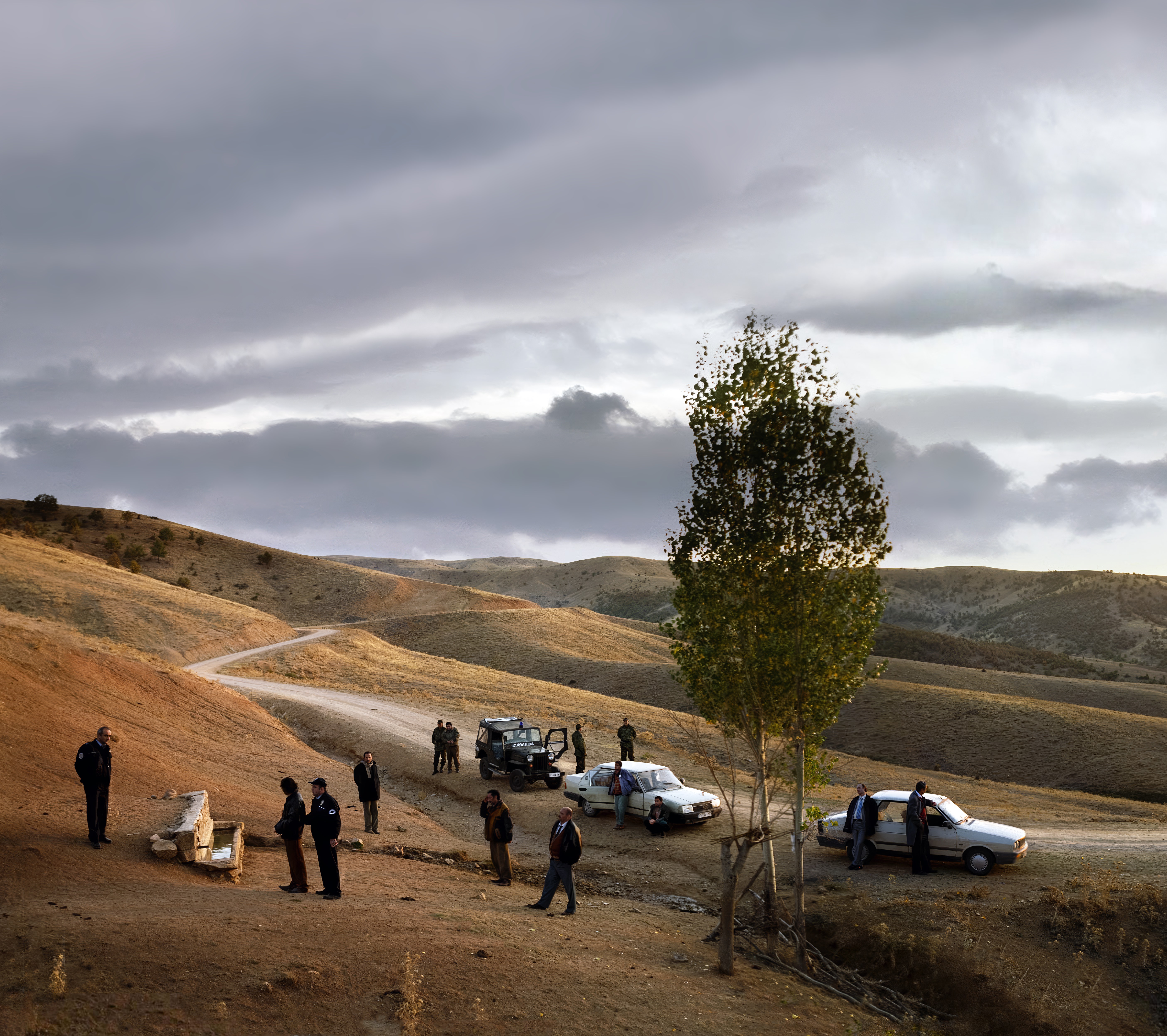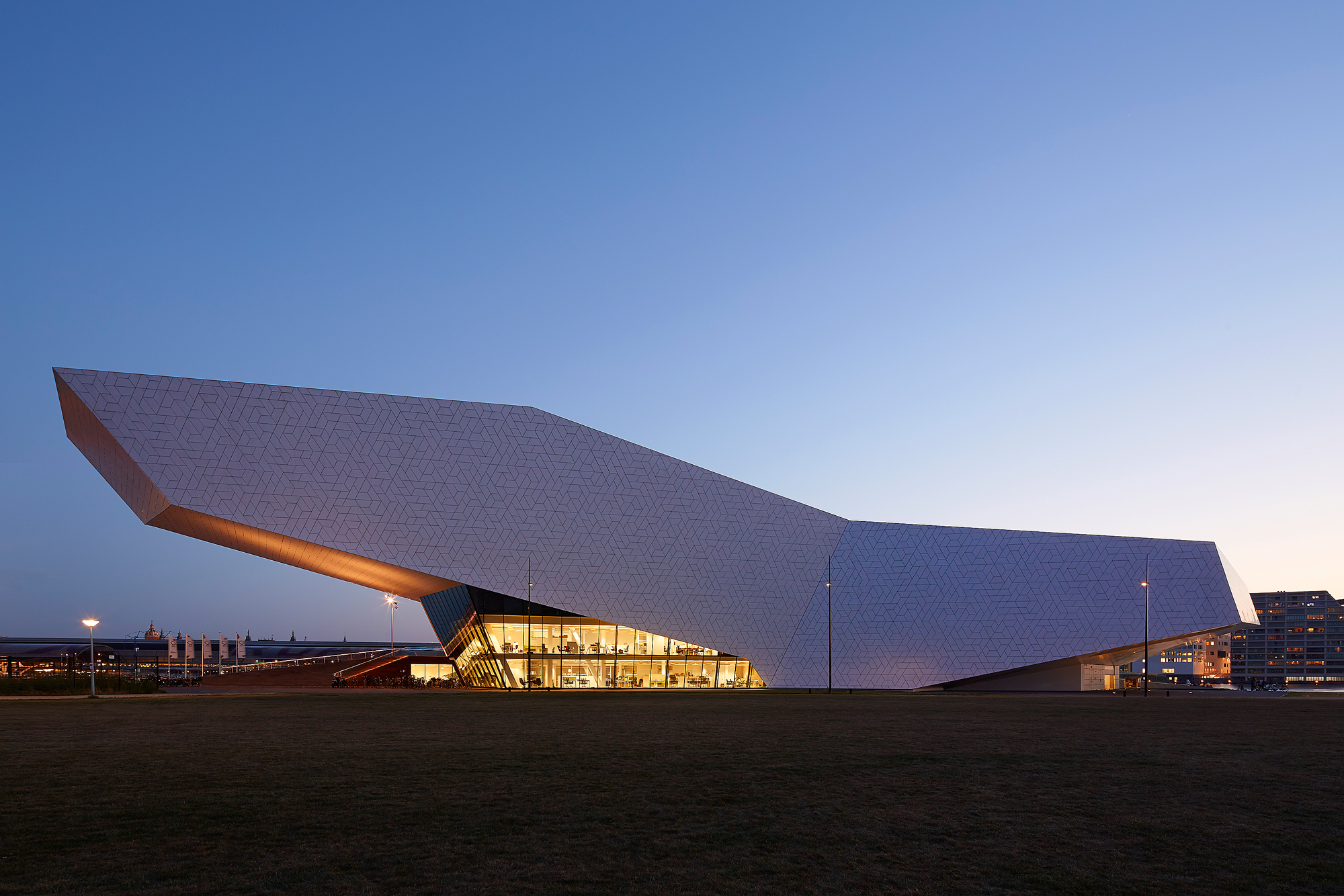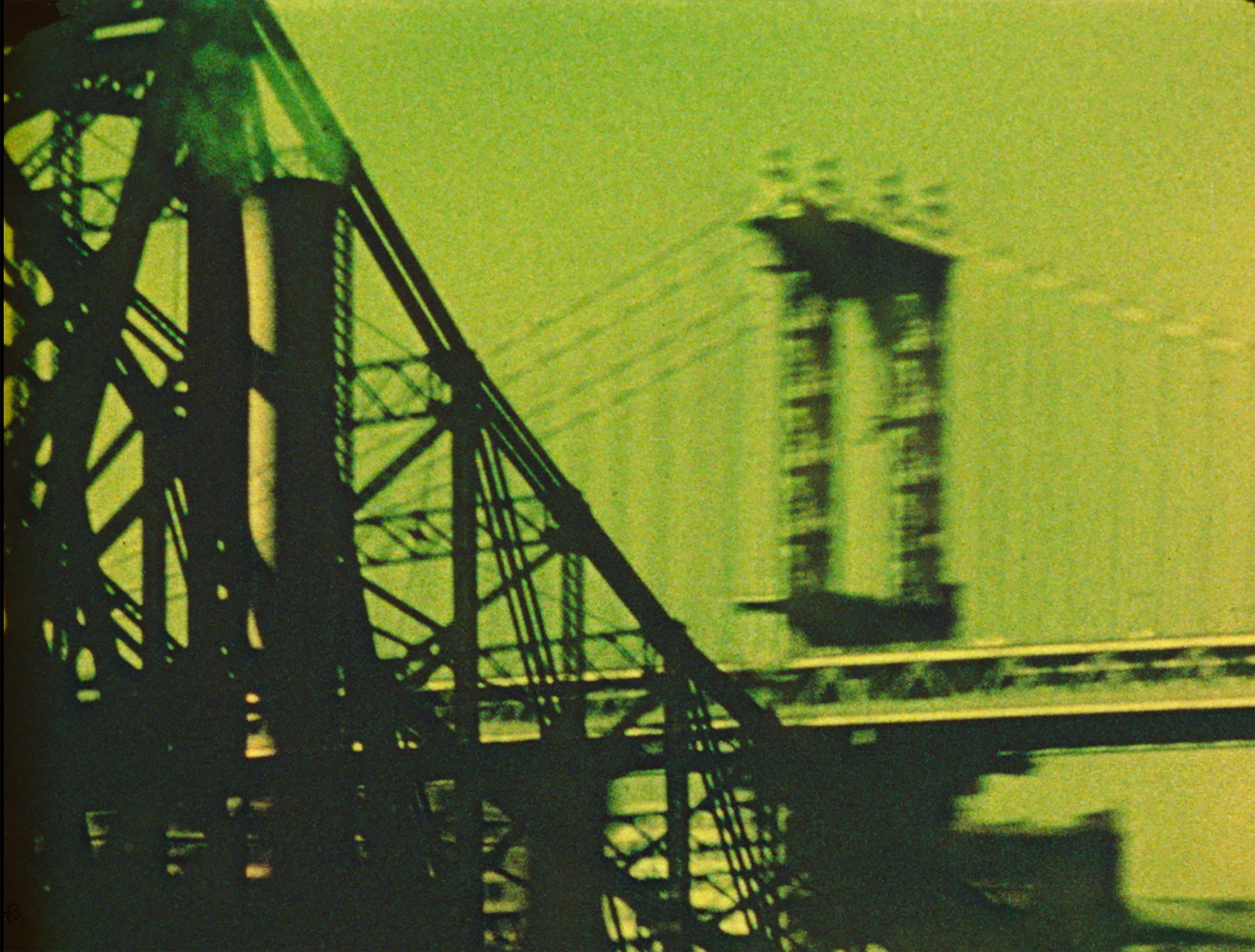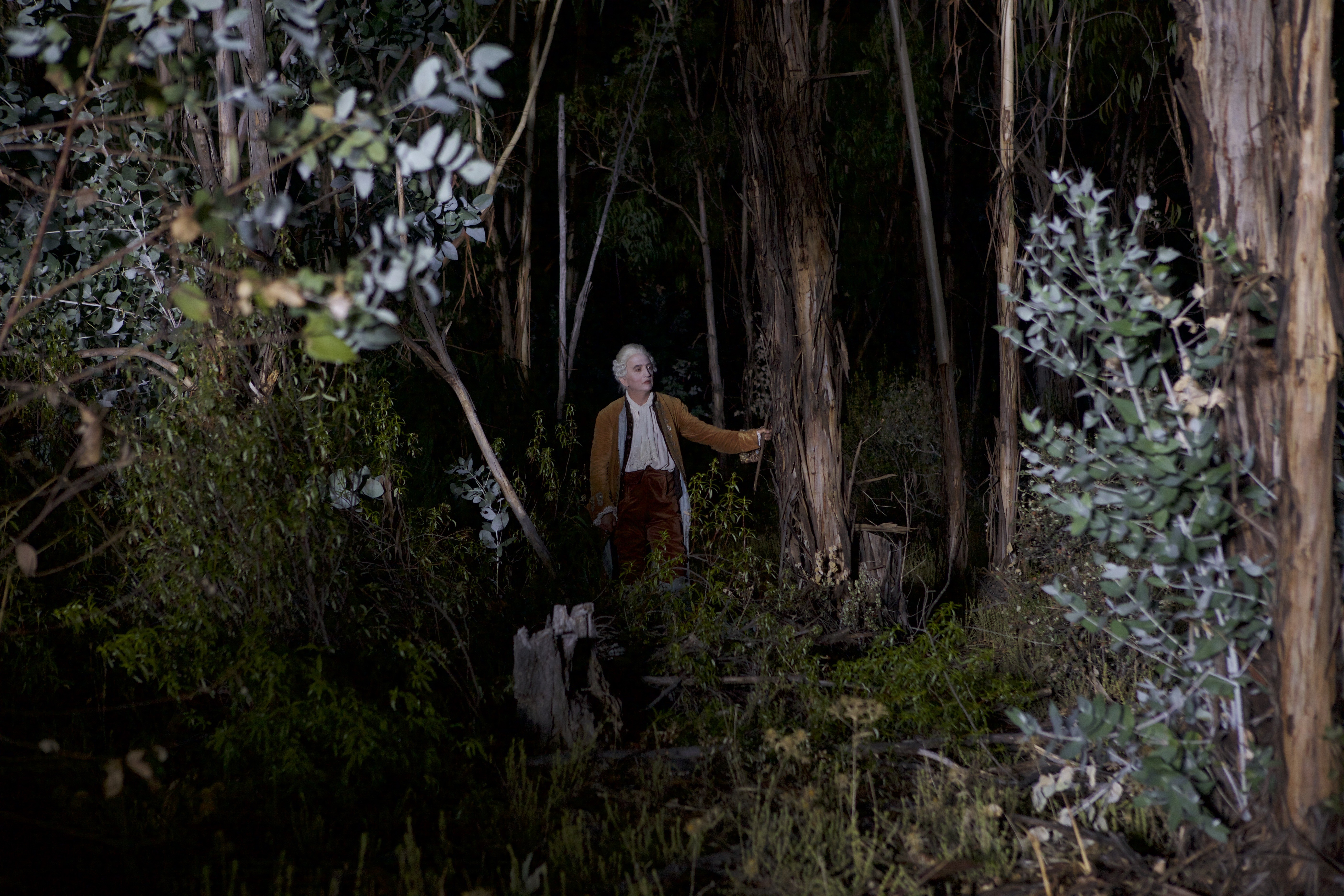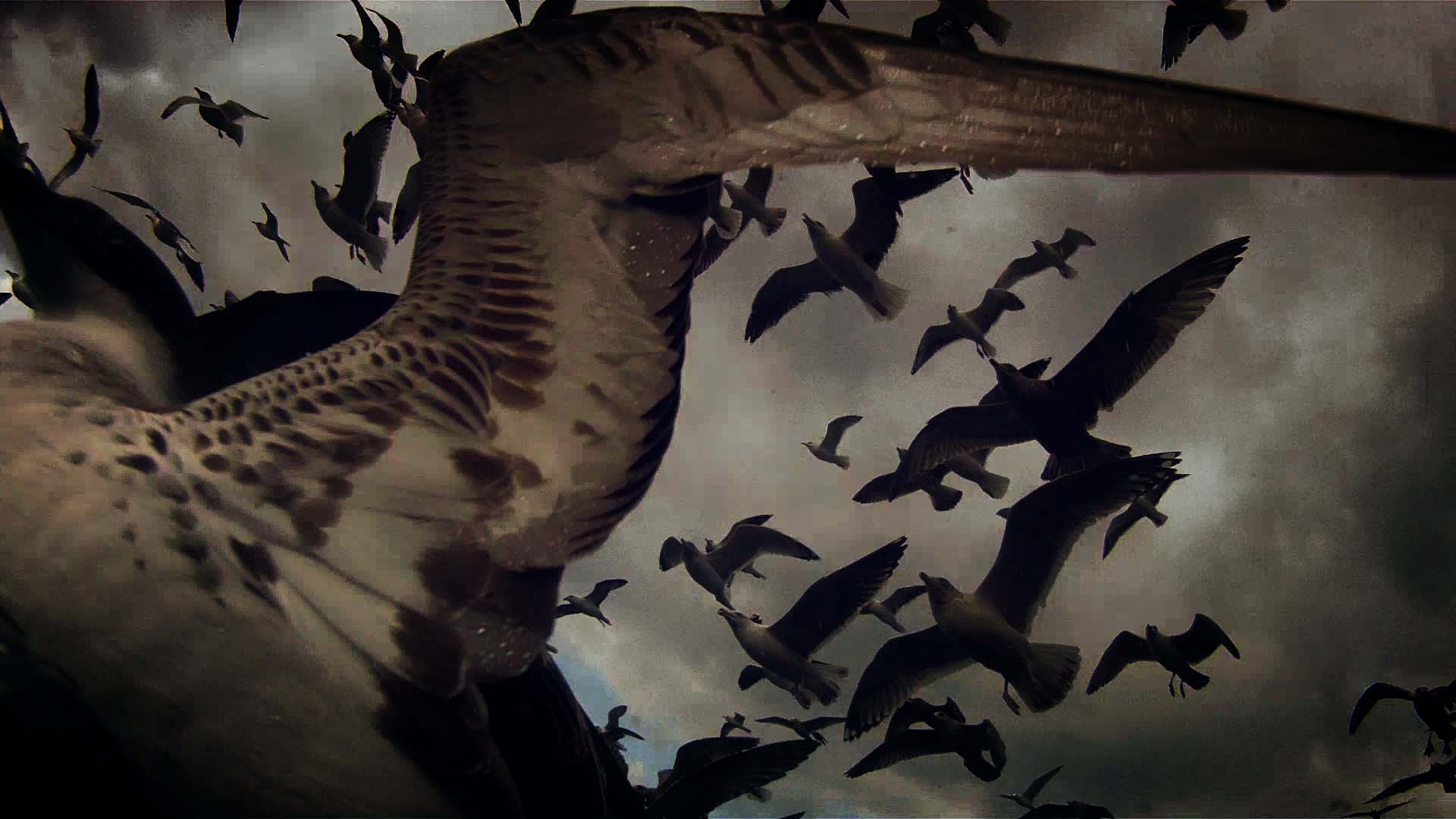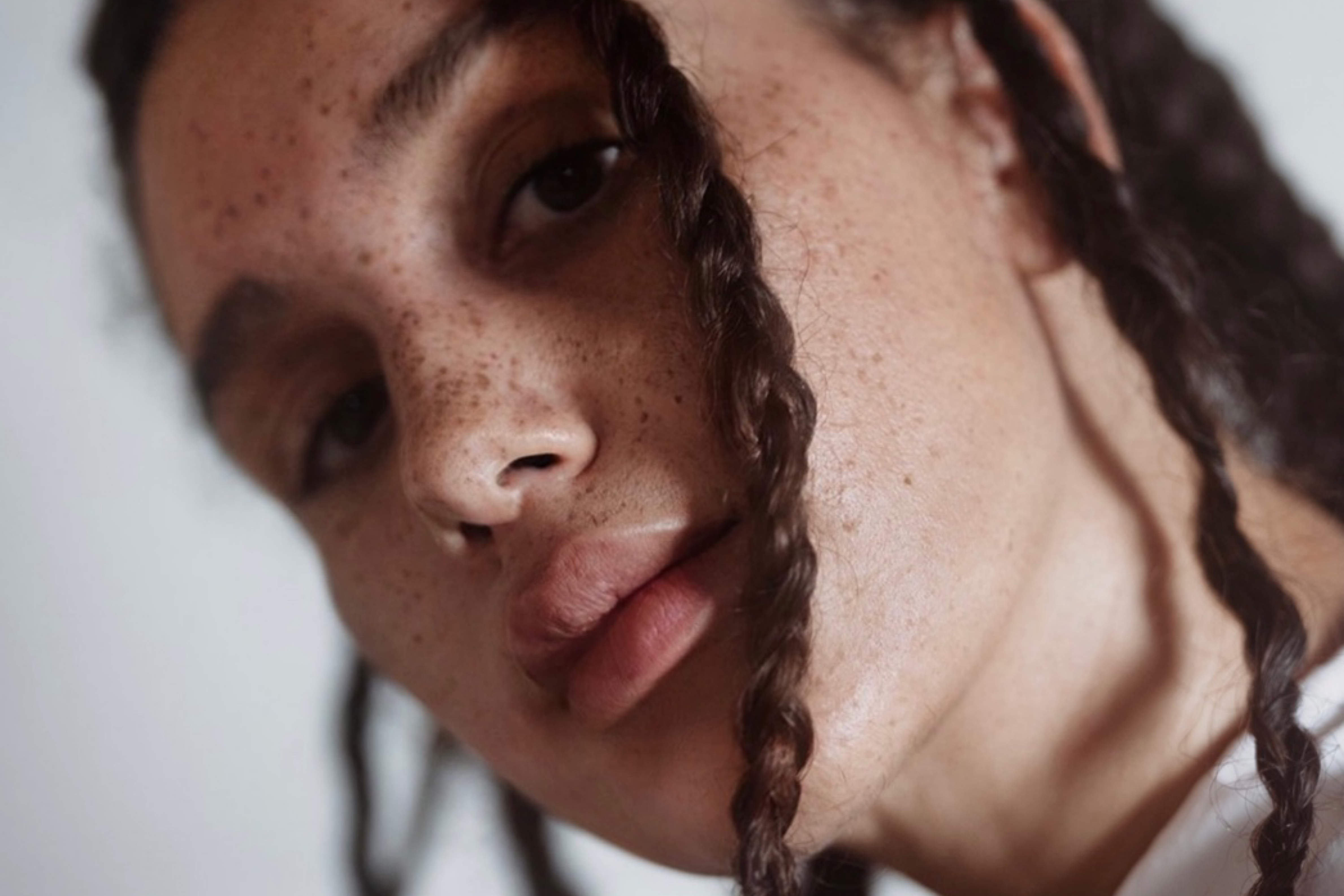Children's Games
December 19, 2019–March 8, 2020
“Sometimes doing something poetic can become political and sometimes doing something political can become poetic.”
-Francis Alÿs
This winter, Eye Filmmuseum is presenting a major exhibition of work by the Belgian-Mexican artist Francis Alÿs. Alÿs is primarily known for his playful videos that are both engaged and poetic. These imaginative and rich observations of daily life are set in sometimes politically charged moments and places. Eye’s commitment to exploring the interface between art and film is clearly illustrated by an exhibition by Francis Alÿs, whose oeuvre involves subtle interventions in daily life, using video, photography, drawings and paintings.
When Francis Alÿs (Belgium, 1959), an architect by training, arrived by chance in Mexico City, he began to observe the city, its streets and buildings, and especially its inhabitants. On his long walks he gradually discovered the urban fabric of this dynamic metropolis. Vendors touting their wares, people providing services in public every day, beggars, and everyone else who takes part in and is part of the network of the city.
Gradually, his city walks led to small performative actions, to uncomplicated conceptual games with a clear and simple starting point. Alÿs’s fascination for the city does not translate into large gestures or monumental sculptures (the city has plenty of those), but into small, seemingly useless interventions, which bring a form of poetry to the harsh everyday reality. He prefers to weave small stories, urban myths or fables, into the urban activities. His 1997 Paradox of Praxis: Sometimes Making Something Leads to Nothing (1997) is a good example. This work registered the artist as he pushed a huge block of ice through the streets of the city for nine hours until, in the end, all the ice had melted and nothing remained. In another work, he pulls a magnetic toy dog made of iron through the streets, collecting all sorts of metal items he comes across on the way (The Collector, Mexico City, October 1991-1992).
Alÿs soon widened his scope and began exploring other parts of the world, with a particular focus on border zones, in order to question the role of the artist in places that are socially and politically charged. What can the artist say that hasn’t already been said in the media? Places he has filmed in, include the border town of Ciudad Juárez, Mexico’s most lawless city, the Straits of Gibraltar, and the waters between Cuba and Florida. In Jerusalem he left a trail of green paint along the so-called Green Line that marked the border after the 1949 ceasefire. Later in his career, Alÿs travelled as an ‘embedded war artist’ to Afghanistan, and since 2016 he has spent extended periods in Iraq, where he accompanies a Kurdish battalion and stays in refugee camps. In 2018 Alÿs won the Eye Art & Film Prize for his work.
Children’s Games
Alÿs has also been filming children at play on his frequent travels since 1999. In these spontaneous actions he seems to move with the children, his camera recording their game. Girls playing knucklebones in Nepal, kites flying in Afghanistan, Moroccan boys skimming stones on the coast at Tangier, a battle with mirrors in Ciudad Juárez.
The children’s games often echo the rituals and customs of a particular society. Yet remarkably, such games are played in a similar manner all over the world. While revealing local conditions, they also show the resilience and independence of children living their own lives. For example, Alÿs has filmed them playing with hoops in wartorn Kabul and playing hop scotch in a Yazidi refugee camp in Iraq.
Eye presents this series in its entirety. It is, according to Alÿs himself, "probably my most significant contribution to art history." "If any," he modestly adds.
Publication
Accompanying the exhibition is a lavishly illustrated publication devoted to the Children’s Games. With contributions from curator and art historian Cuauhtémoc Medina, David MacDougall, ethnographer and filmmaker and journalist Lorna Scott Fox. Graphic design: Joseph Plateau. Published by Eye Filmmuseum, Amsterdam / naioıo publishers, Rotterdam.
Films, talks & events
The exhibition is supported by a programme of films, talks and events in the cinemas.
The exhibition is made possible by:

